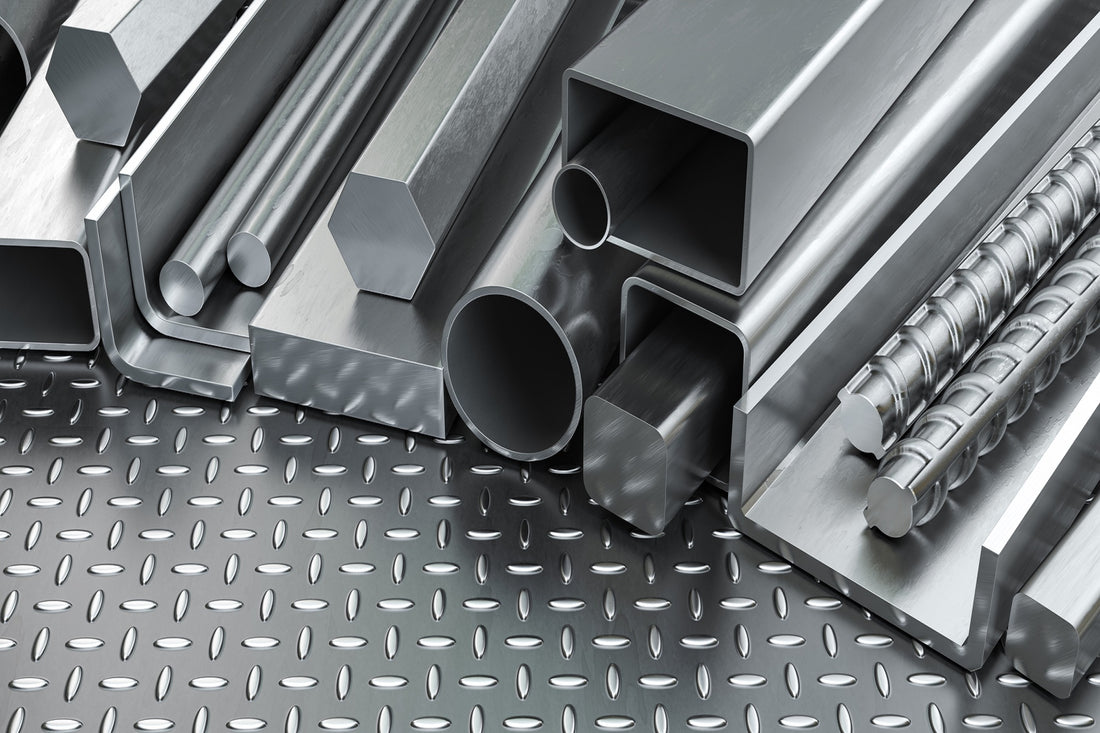Soldering is an efficient method to join stainless steel when using it for exterior structure applications. However, while the process is very effective, there are a few things that are necessary to enable you to solder the stainless steel correctly.
What makes soldering stainless steel different from other alloys to solder is that there is a thick oxide layer on the steel. This can make it difficult for the solder to bond to the steel surface.
Below are some pointers to help you solder your stainless steel efficiently and successfully:
Surface Needs to Be Cleaned
Before you even begin to solder, it is important to thoroughly clean the steel surface, particularly in the joint area. Use a wire brush and a cleaning solvent and remove all the grease, oil, and any existing oxides. This will allow the solder to bond to the stainless steel base layer and should be done right before soldering (and every time thereafter).
Clamp Down The Metal Pieces You’re Soldering
It’s very helpful to clamp down the two pieces that you intend to solder so that each piece touches the other. This allows you to use both hands when you solder as well as hold your work pieces in place. The pieces can be clamped to either a vise or a bench, so they don’t move when you solder. Place them in the angle that you want them to hold. Then clamp the pieces in place.
Choosing The Right Flux and Solder
Choosing the right flux and solder can make the difference in being able to solder successfully. You need to use an aggressive acid flux on stainless steel. The best flux to use is one that has a high activity, phosphoric acid-base that can penetrate the steel surface.
Make sure to apply flux to the work pieces before you begin the soldering process. Apply liquid flux by brush only to the areas that will be joined.
The best solder to use is any tin-lead solder that has a tin content that is more than 50% which has a greater joint strength hold, or lead-free solder.
Preheat The Solder Joint Area
For proper wetting and solder flow, it is important to pre-heat both metal surfaces with a soldering iron or torch. After applying flux, preheat the fluxed area and then feed solder into the seam. Leave your iron or torch in contact as you feed solder and it flows into the joint.
Clean Off The Surface After You Finish
When you are finished soldering, make sure to clean the flux residues off the work piece, both the solder joints and the surrounding area. Wipe down the surface with a damp cloth or you can also flush the surface with clean water to thoroughly remove post-soldering flux residues and prevent corrosion.
If you follow the above tips, you should be able to solder your stainless steel correctly and efficiently.

